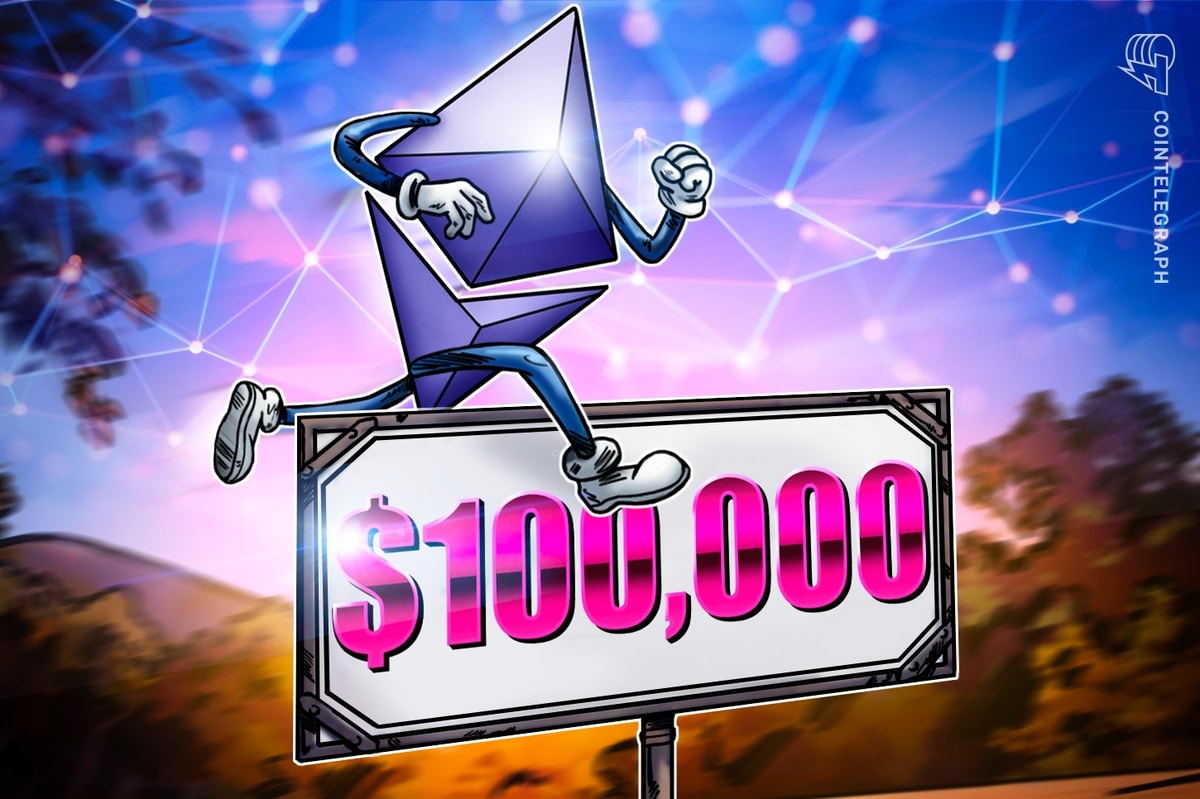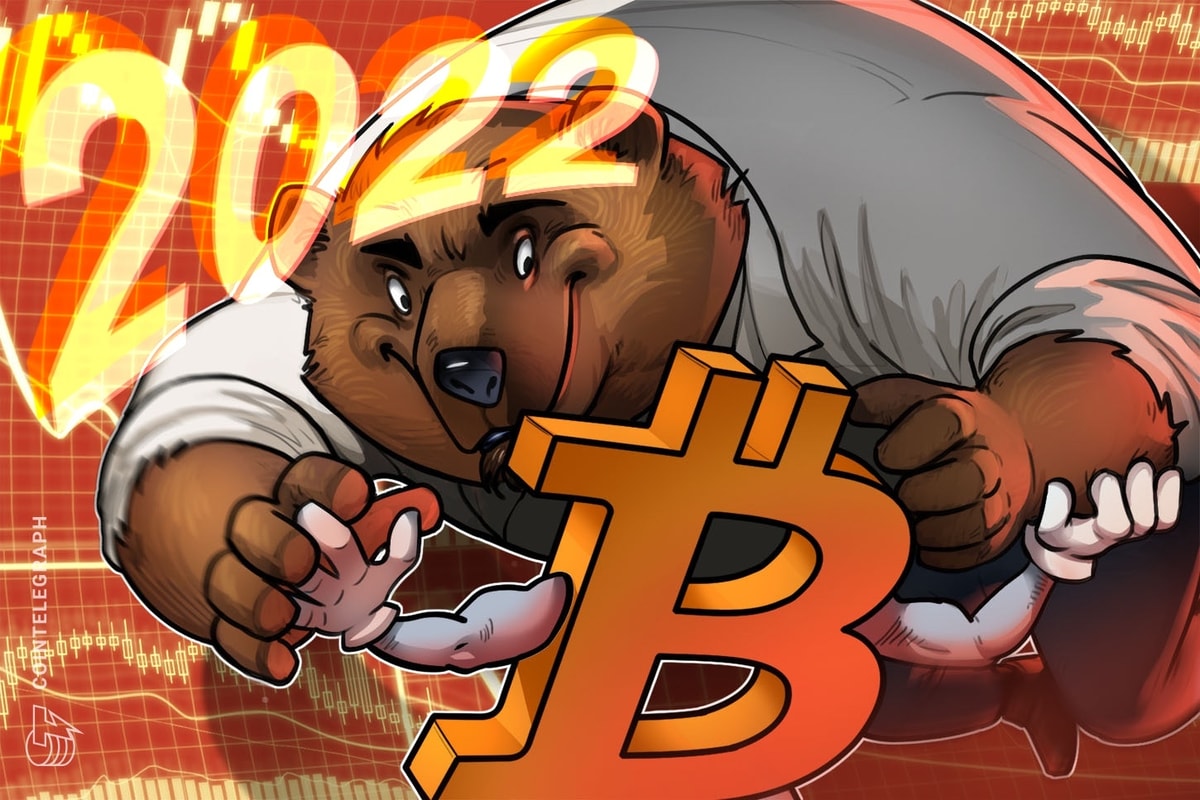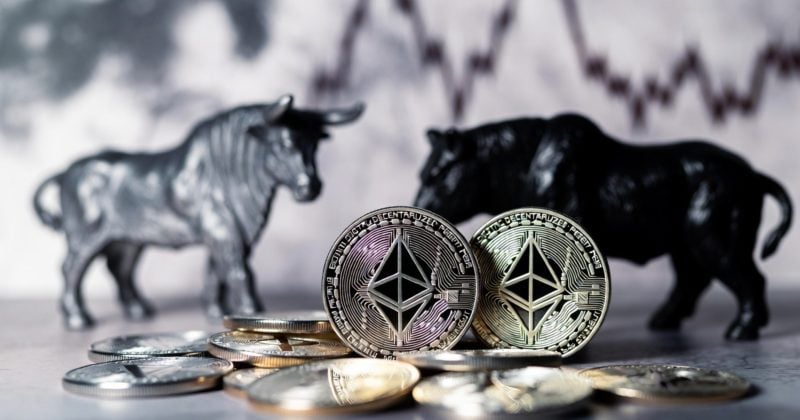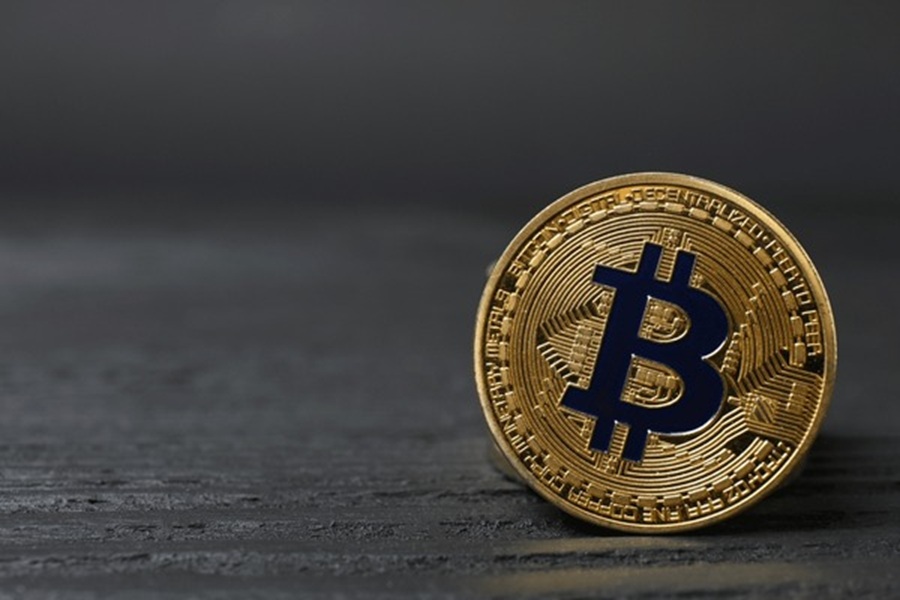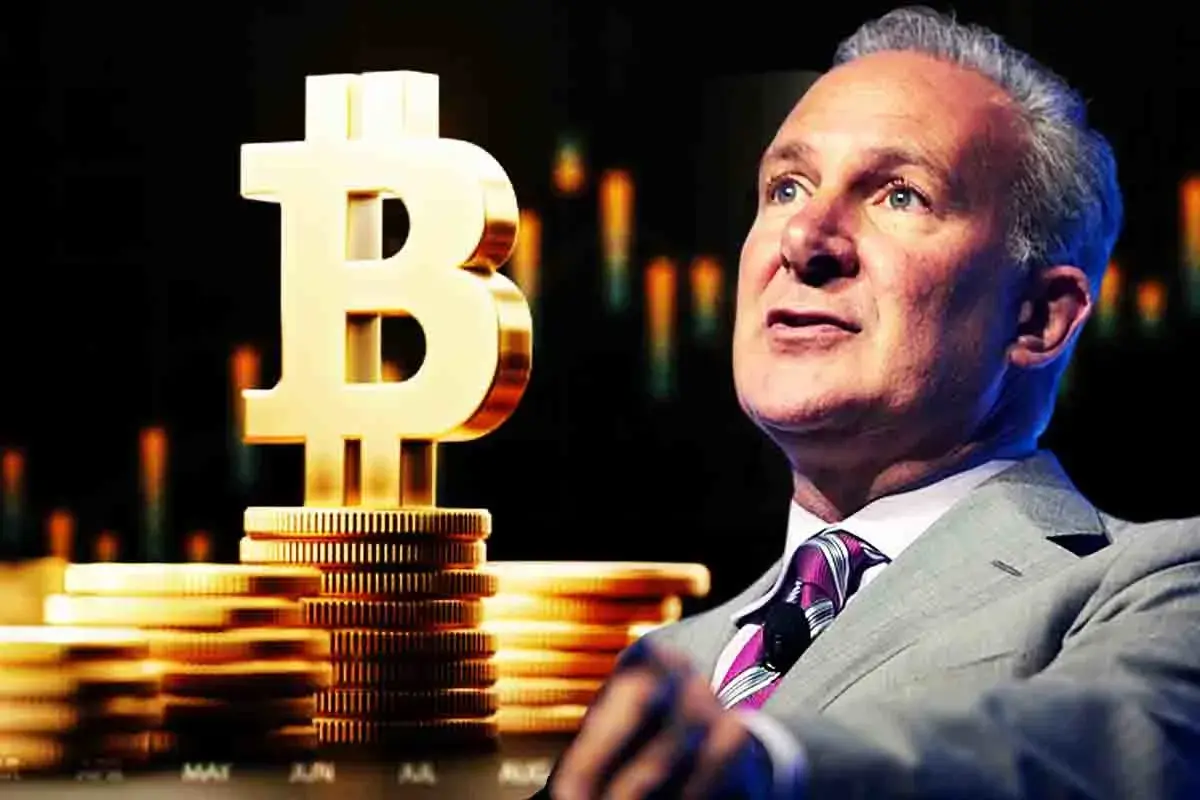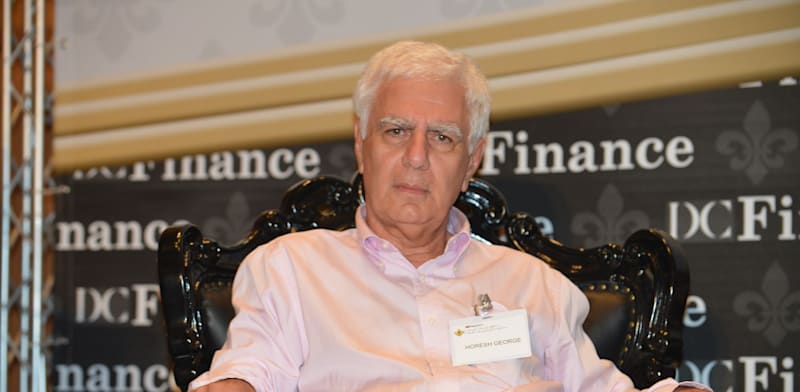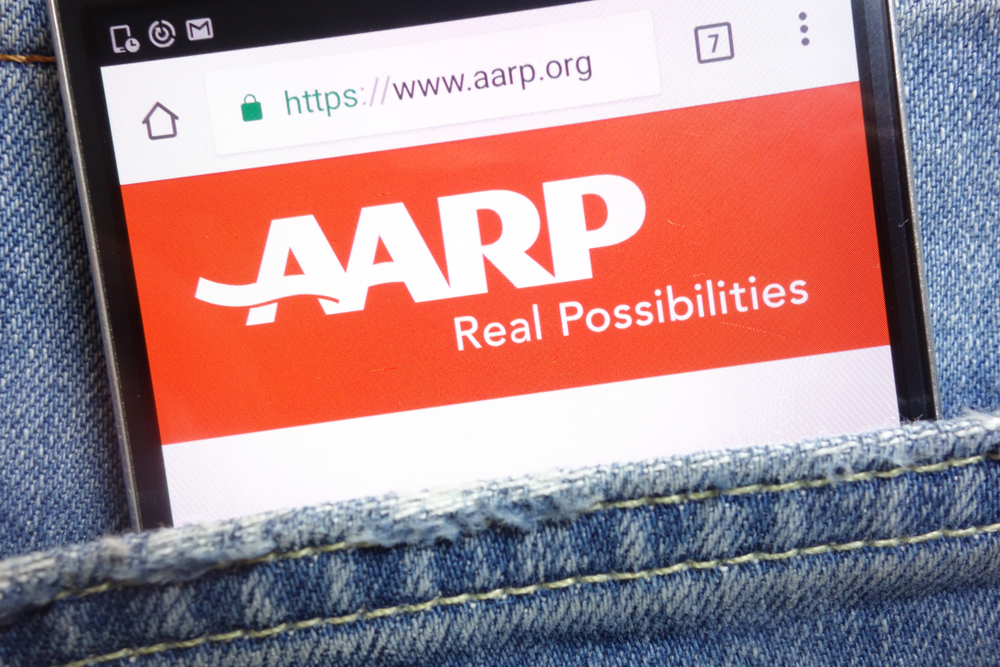What does ETH at $100,000 look like?
If ETH hits $100,000, Ethereum will become a multitrillion-dollar economy with outsized knock-on effects.
At $100,000 per Ether (ETH), today’s circulating supply of 121.1 million would imply a market value of around $12.1 trillion. That’s about 3.2 times Apple’s market cap and roughly 44% of gold’s estimated total value.
If roughly 36 million ETH remains staked (29.5% of supply), that alone represents $3.6 trillion in bonded capital. At this scale, every downstream metric amplifies: from the security budget (via staking rewards) to the US dollar impact of fees and the collateral base supporting decentralized finance (DeFi) and exchange-traded funds (ETFs).
This article explores not only how ETH could plausibly reach $100,000 but also what operating an economy of that scale would look like in practice.
Did you know? VanEck made the most notable $100,000-plus call. On June 5, 2024, the SEC-regulated asset manager published a 2030 valuation model for Ether, projecting a bull-case price of $154,000 per ETH and a base case of $22,000.
What could push ETH to $100,000?
Six figures likely requires multiple durable drivers compounding at once.
A steady institutional bid: Spot ETH funds have already shown they can attract serious money. If allocations broaden from crypto desks to pensions, wealth managers and retirement accounts, those creations become a slow, mechanical tide that soaks up supply.
Onchain dollars at scale: Stablecoins are near record highs around $300 billion, and tokenized US T-bill funds have moved from pilots to real collateral. BlackRock’s BUIDL sits in the low-$3-billion range, while VBILL and other products are live. More day-to-day settlement and collateral living on Ethereum and its rollups deepen liquidity and push more fees (and burn) through the system.
Scaling that keeps costs low while ETH still captures value: The Dencun upgrade made it cheaper for rollups to publish data through blob transactions, keeping user costs on layer 2s (L2s) in the cents range. Crucially, rollups still settle to Ethereum in ETH, and blob-based fees are burned. Activity can move up the stack without cutting Ethereum — or its value capture — out of the loop.
Scarcity mechanics: Staked ETH has crossed 36 million (29% of the supply), further tightening the tradable float. Restaking is already a meaningful capital layer with the potential to lock in yet more liquidity. When you add in sustained fee burn, that means inflows start hitting a thinner float — a classic reflexivity loop.
Macro and expectations: Street baselines remain much lower, with most forecasts ranging between $7,500 and $25,000 for the 2025-2028 window and a $22,000 base case by 2030. Reaching six figures would likely require a perfect mix of conditions: hundreds of billions in ETF assets under management (AUM), several trillion dollars in onchain money and tokenization with Ethereum maintaining its share and fee burn consistently offsetting issuance during a friendly liquidity cycle.
For ETH, a single upgrade or brief speculative burst won’t do the job on its own. The real signal appears when steady trends line up. It’s seen in consistent ETF inflows and the growing use of stablecoins and tokenized funds on Ethereum and its L2s. Strong L2 throughput and burn add to that strength, along with wider participation through staking and restaking.
ETH network economics at $100,000
At six figures, even small percentage shifts in the protocol translate into massive dollar flows — and that’s what ultimately funds network security.
Ethereum’s proof-of-stake ties issuance to the share of ETH securing the network. As more ETH is staked, the reward rate per validator falls, allowing security to scale without excessive inflation. At $100,000 per ETH, the real headline will be the USD value of those rewards.
Think in simple units.
The USD security budget equals ETH issued per year x ETH price. At $100,000 per ETH:
100,000 ETH issued annually → $10 billion
300,000 ETH → $30 billion
1 million ETH → $100 billion.
These dollars come alongside priority fees and maximal extractable value (MEV) from block production.
As onchain activity expands, those revenue streams grow in USD terms, too, attracting more validators and gradually compressing percentage yields, even as the total dollar payouts continue to rise.
On the other side of the ledger, Ethereum Improvement Proposal (EIP) 1559 burns the base fee (and, post-Dencun, blob fees) every block. Heavier usage increases the burn. Whether net supply is inflationary or deflationary at six figures depends on the issuance vs. burn balance (i.e., how much block space users consume on L1 and L2s).
Staking also shapes liquidity. A larger staked share tightens the tradable float and routes more activity through liquid staking tokens (LSTs) and restaking layers. That’s capital-efficient, but risk concentrates: Operator dominance, correlated slashing and exit-queue dynamics matter more when trillions are at stake.
Ultimately, issuance that felt modest in ETH terms becomes tens of billions of security spent; a burn that seemed incremental can offset a meaningful slice of it. The mix between direct staking, LSTs and restaking becomes a first-order driver of both security and market liquidity.
Did you know? When we say “USD security budget,” we’re referring to the total dollar value Ethereum spends each year compensating validators for securing the network.
How Ethereum stays usable at $100,000
Users will only tolerate six-figure ETH if everyday transactions stay cheap and the network keeps capturing value.
At $100,000, gas fees on L1 convert into much higher USD fees. Dencun is the pressure valve: Rollups publish blob data far more cheaply, so routine activity lives on L2 for cents, while rollups still settle to Ethereum and pay in ETH to do it.
The fee burn is still there, but it’s been rerouted. L1 still burns the base fee, and blob fees burn as well, so ETH is destroyed as usage scales.
Six figures only hold if real users keep transacting. Cheap L2s keep retail and business flows active; L1 settlement and blobs keep ETH at the center and the burn running. That combination sustains demand (infrastructure spend in ETH) and tightens supply (through burn) — the kind of feedback loop a high valuation needs to be durable.
Indeed, affordable L2s protect user experience, while L1/L2 value capture (fees paid in ETH, ongoing burn) supports the asset. Without both, activity would migrate or stall, undercutting the very demand that a $100,000 ETH requires.
Where the six-figure flows come from: ETFs, DeFi, stablecoins, collateral
At $100,000, it’s who’s buying — and how — that defines the market regime, not the headlines.
ETFs as the structural bid: Spot funds turn portfolio rebalancing and retirement contributions into predictable creations rather than hype spikes. Most wrappers don’t stake, so a healthy float stays on exchanges for price discovery even as protocol-level staking reduces tradable supply. That balance — steady net-buy from funds plus adequate liquidity for sellers — can turn sharp rallies into durable uptrends.
DeFi’s mechanical lift (and sharper edges): When prices rise, collateral values expand, borrowing capacity increases and protocol revenues climb through higher fees and MEV sharing. But the risks scale, too: Liquidation bands widen, risk parameters tighten and oracles face more strain when markets move fast.
Stablecoins as the settlement layer: Stablecoins power most everyday onchain payments and transfers. As their supply and velocity expand across Ethereum and its rollups, market liquidity deepens while users continue paying low L2-level fees. Rollups pay ETH to post data and settle on L1. This keeps ETH at the center of settlement and ensures that demand remains strong even as most activity shifts above the base layer.
ETFs provide a steady, structural bid, while stablecoins and DeFi generate continuous economic activity. Together, they support a six-figure valuation from both sides: persistent buying pressure from funds and an active network that consistently consumes and burns ETH.
What could derail $100,000: Second-order effects and the resilience checklist
Large valuations amplify everything: volatility, regulatory scrutiny and operational weak points.
Faster cascades, thinner pockets: With size comes higher volatility and leverage. Liquidations can cascade faster across L2s and bridges, and thin liquidity pockets bite harder.
Tighter policy perimeter: Expect closer supervision of staking, liquid staking and restaking, ETF disclosures and consumer apps. Missteps here can dent flows or force structural changes.
Centralization and shared dependencies: Validator concentration, single-operator sequencers and shared custody/oracle dependencies move from housekeeping to systemic risk at scale.
UX split and security bar raise: Day-to-day activity gravitates toward L2s, driven by account abstraction and sponsored gas, while L1 remains reserved for high-value settlement. Larger dollar rewards inevitably attract more capable adversaries, making client diversity, MEV market design and credible fault or escape proofs non-negotiable.
If we’re talking about what keeps $100,000 sustainable, it comes down to operator diversity, healthy exit queues, conservative risk parameters, robust clients and reliable oracles — the very signals large allocators track. When those indicators align with ETF inflows and steady onchain growth, $100,000 stops sounding like a “maybe.”


